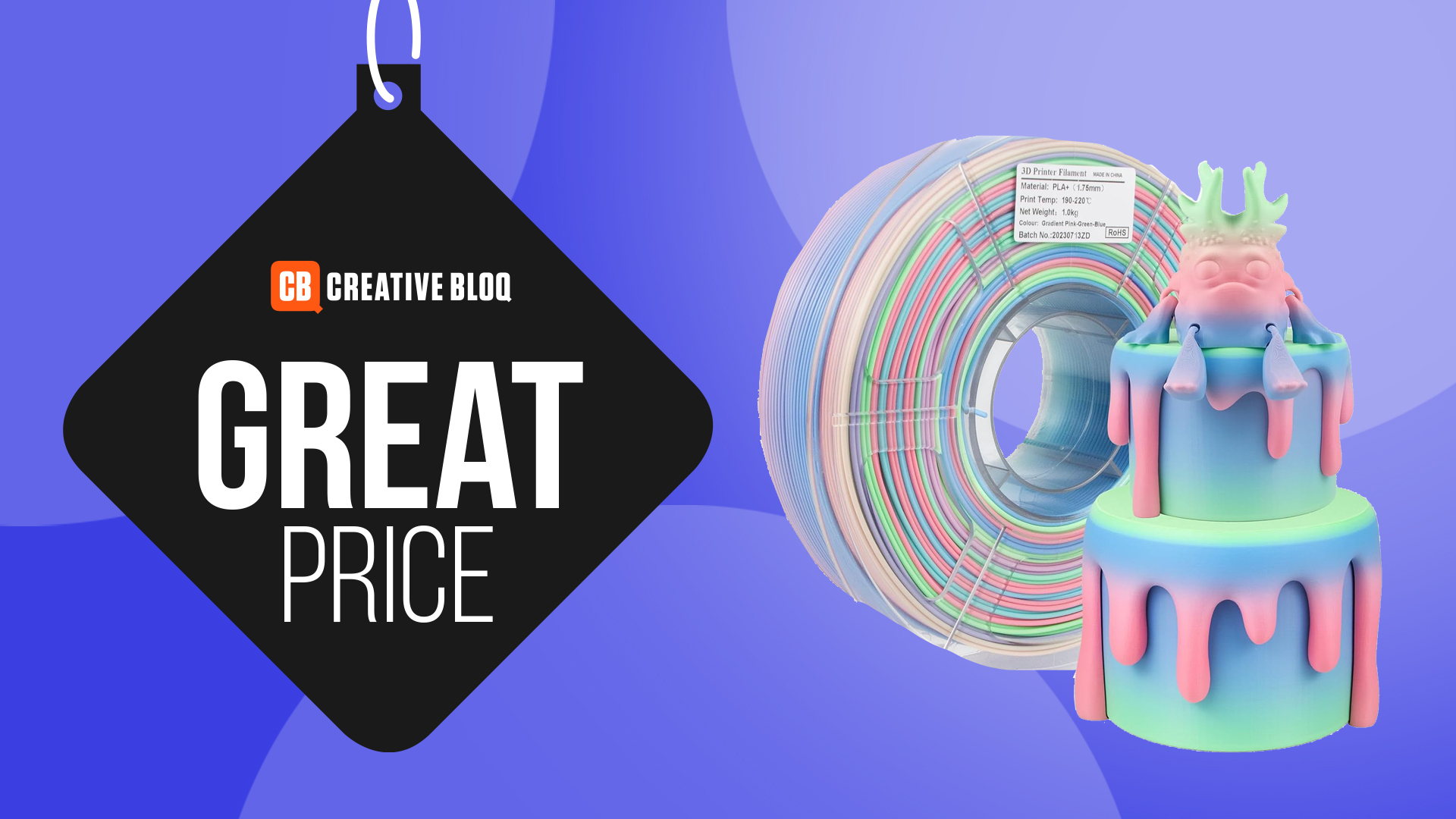Protect a brand from prefix pretenders
Be the master of your domain. Abby Hardoon, the founder of daily.co.uk, provides five handy tips to help you protect your brand
It could be argued that the most valuable asset of any business is its brand. Marketing departments lose sleep creating meticulously crafted ad campaigns, pushing for prudently timed press coverage and pushing products into just the right hands at just the right (or occasionally wrong) moment in order to infiltrate the consciousness of onlookers. A brand engenders real and palpable feelings in people about something (or someone) and ultimately, in the case of a business, the power of a brand can dictate whether they choose to spend hard earned money on their product or service.
Building a strong and positive brand can take time, large amounts of creative savvy and bucket-loads of money. So it’s a galling prospect if the spoils of all of that hard work and investment are not only siphoned by a third party but the very brand itself degraded in the process.
In the good old days, before we all started spending every moment of spare time and every spare penny on the new-fangled interweb, brand hijacking was a tougher prospect. You were unlikely to see a large yellow and blue building on the outskirts of a town called IKAE, selling back-of-a-lorry furniture to unsuspecting IKEA lovers. But the internet, with its instant global reach, inherent openness and anonymity, offers a literal ‘world of opportunity’ for scammers to redirect some unearned shine from an esteemed brand.
While some illicit activity towards a brand may be wholly malicious, the majority is profit driven and aimed at diverting traffic, destined for that brand, to generate, for a third party, increased ad revenues or sales of similar products or services. The methods used? Among others, manipulation of search engine rankings and PPC ad placements, the creation of misleading social networking sites as well as misrepresented online shops or auction outlets.
Brand protection
Trademark your brand
Assuming your company name has been registered at Companies House, it is important to also trademark your brand. The intellectual Property Office or IPO (http://www.ipo.gov.uk) is the place and, as long as your trademark request adheres to their terms, registration will give you exclusive legal rights to use your ‘mark’ - words, logos or a combination of both - for the goods and/or services that it covers in the UK.
Be the master of your domain
In an ideal world, your domain name will logically match your brand. If that most logical domain has been secured by another party then, once your tears have dried, ensure that your brand name is included in the domain as obviously as possible. Then do your best to own your domain portfolio as comprehensively as possible. For the relatively minimal cost of domain registration, by ensuring that no one else is able to register another suffix to your domain, you close the most obvious door to brand hijacking.
The same practice should be applied for new branded products or services your company has in the pipeline. Register domains anonymously well ahead of time to ensure you secure the rights to the best possible domains and reduce the chances of future brand infringement.
Get the Creative Bloq Newsletter
Daily design news, reviews, how-tos and more, as picked by the editors.
Lastly, ensure that your domains are properly locked down by your domain registrar in order to block any unlawful transfer requests.
Wave the proverbial flag
It’s wise to make sure your brand is clearly visible on all material associated with the business; every web page, every digital document. By consistently repeating these ownership signals, there can be little doubt as to the true home of your brand.
Top the rankings
Attention should be given to your website’s Google ranking position for your own brand name. If you’re not number one then that’s a problem and whether you choose to optimise in-house or employ professionals to do it for you, it’s worth doing the work to top the list. There’s no better way to confuse your hard-earned customers than not to be in front of them when they search for you specifically.
Track your brand
In order to properly monitor what is being posted online about your brand, whether this is by in-house marketing, press, customers or by an unauthorised third party, it is well worth setting up a Google alert for, not only your brand name and domain (if different), but popular misspellings and also for individual products or services which could be being misrepresented.
By using this free and simple, but incredibly effective service, you can monitor daily where and how your brand is being used or discussed online and be alerted almost immediately to, not only any potential threat from illicit behaviour but also any negative press or damaging customer complaints on public forums, which can then be addressed promptly.

Thank you for reading 5 articles this month* Join now for unlimited access
Enjoy your first month for just £1 / $1 / €1
*Read 5 free articles per month without a subscription

Join now for unlimited access
Try first month for just £1 / $1 / €1

The Creative Bloq team is made up of a group of design fans, and has changed and evolved since Creative Bloq began back in 2012. The current website team consists of eight full-time members of staff: Editor Georgia Coggan, Deputy Editor Rosie Hilder, Ecommerce Editor Beren Neale, Senior News Editor Daniel Piper, Editor, Digital Art and 3D Ian Dean, Tech Reviews Editor Erlingur Einarsson, Ecommerce Writer Beth Nicholls and Staff Writer Natalie Fear, as well as a roster of freelancers from around the world. The ImagineFX magazine team also pitch in, ensuring that content from leading digital art publication ImagineFX is represented on Creative Bloq.
